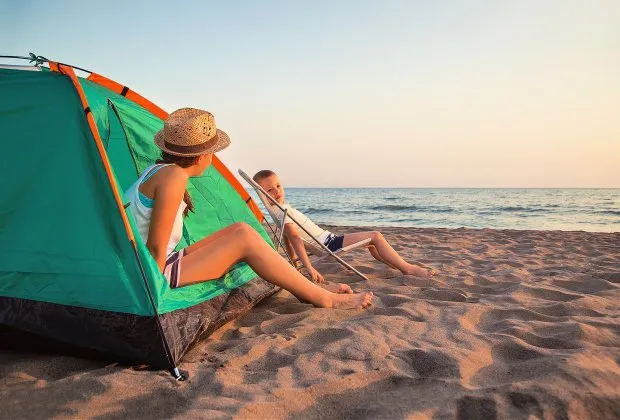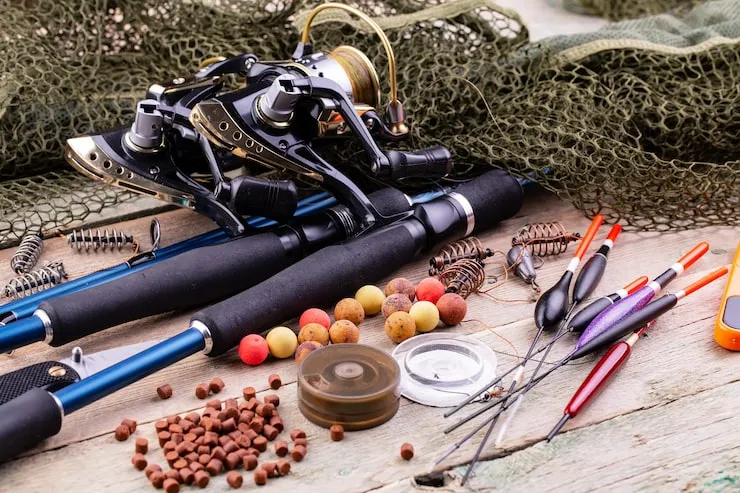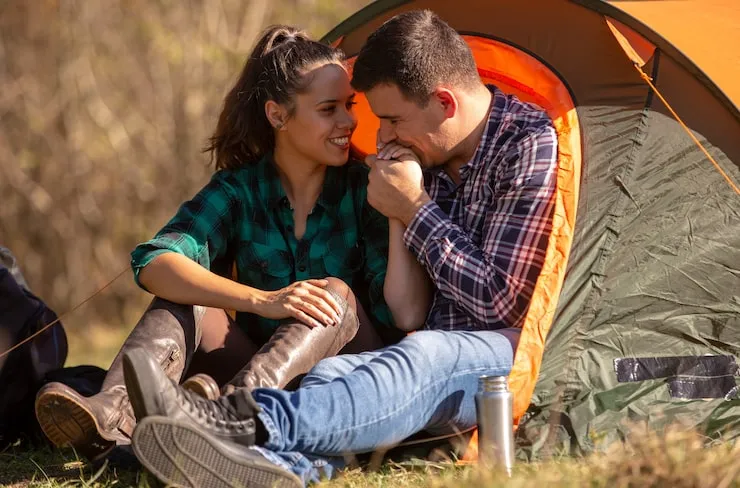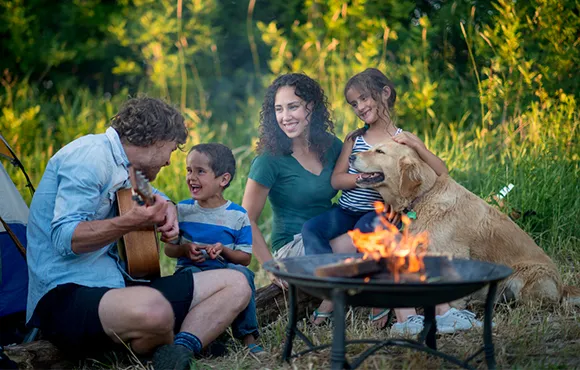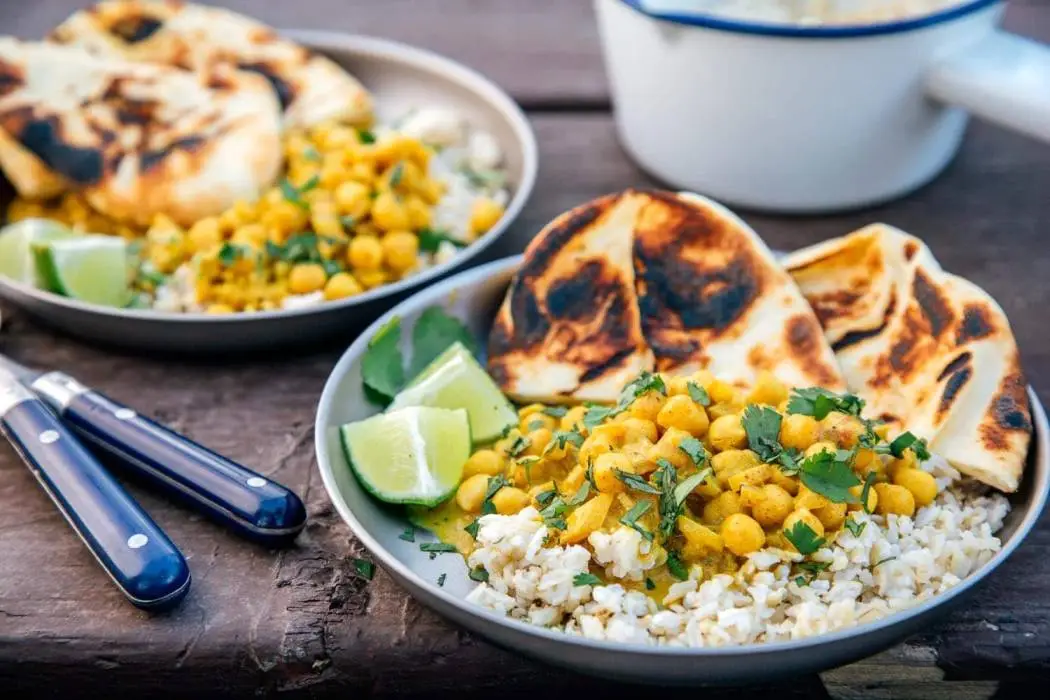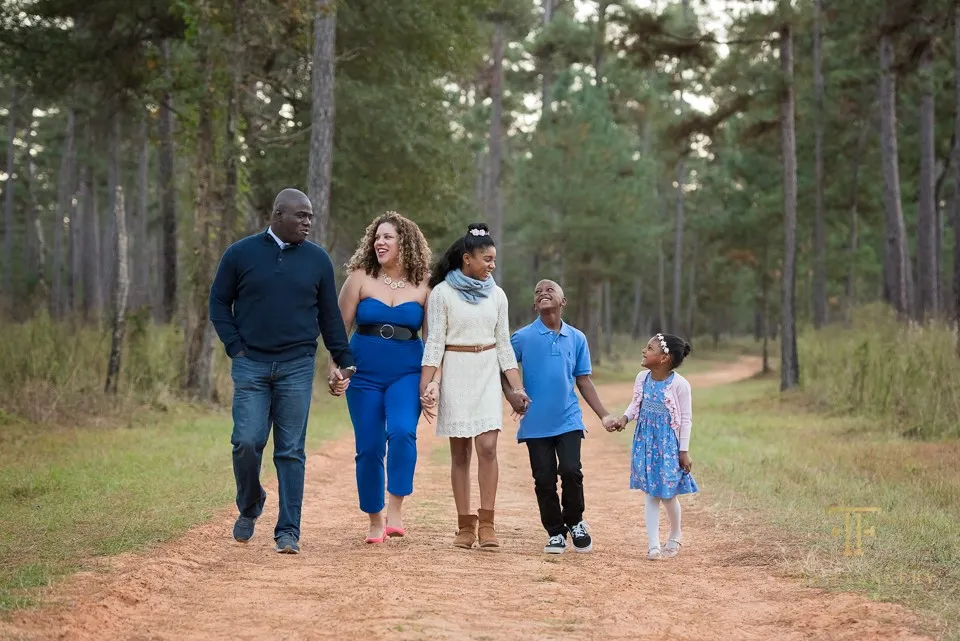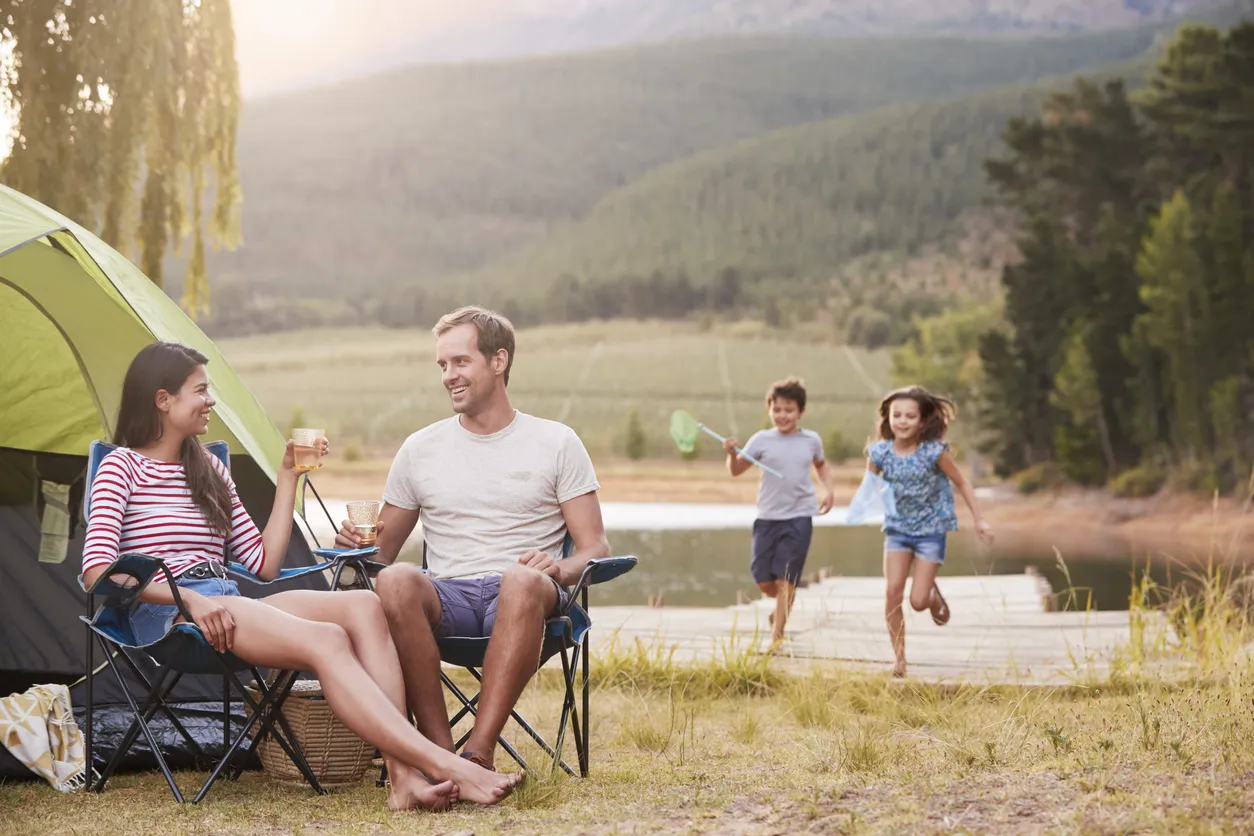I personally think the process of grilling over a campfire and throwing a few steaks on the Barbie are mutually associated experiences in that doing each can offer insights for cooking over the other.
For the campfire chef, test cooking new recipes or cuts of meat over the grill at home gives you a head’s up for knowing how easy it will be to prepare and taste once out in camp. In camp, your campfire can let you enjoy a number of flavor-enhancing smoking woods to see what works best for different meats and veggies. In either case, there are several handy tips to employ to get the most out of your grill and the best flavors from your meats.
For the sake of this discussion, we are comparing charcoal-fired barbecue grills, not patio gas ranges. Each has its place—but not in this comparison. In fact, it would be an even better line-up if we restricted charcoal to mean natural and not processed briquettes, but…
Spend time cooking over a campfire you quickly learn that a solid bed of hot glowing coals is best for the proper heating (cooking) of most food. By arranging coals in piles, or spread out in smaller areas, you can maintain different sections of heat for cooking foods at different temperatures and times. Many foods grill best when they are first seared on both sides over the hottest part of the coals, and they allowed to slowly cook in the indirect heat of the surrounding air but with no coals directly underneath. A home grill adds the extra advantage holding that heat under a vented lid.

No one should be grilling on a crusty, sooty, greasy rack, even in a campsite. A simple way to make one last preparation before cooking, but after the coals have heated the grill, is to scrape the rack as clean as possible. BBQ brushes can be used, but simply crumbling up a fist-size clump of heavy-duty aluminum foil and using tongs or a BBQ glove, and vigorously wiping the rungs will clear your grill of the noticeable nasties.
From my perspective, whether cooking over coals in a fire ring or under the dome of a backyard BBQ, the processes are similar and there are tips for both to get the most from your grill:
Marinades—marinade meat overnight for best flavoring; don’t re-use dishes used for marinating raw meats; don’t baste with un-cooked marinades—cook it first; marinading also inhibits the formation of carcinogens.
Smoke Chips—Soak wood chips in water for at least an hour, drain and seal in an aluminum pouch, and then place the pouch on top of the hot coals. Fruit woods (apple, cherry, peach) offer mild flavors, especially seafood and poultry) with fewer impurities. Other choice smoking woods include hickory (rich, sweet flavor), mesquite (strong flavor).
Charcoal Chimney—start coals with just crumpled newspaper, no liquid starter. (If you must use starter fluid, do not add meat until all the flames completely die down).
Skewers—wipe cooking oil along metal skewers to keep meat/veggies from sticking; soak wooden ones in water to keep from burning (can soak and keep in freezer until needed, too).
Basting Chicken with Skin—Does NOT impart flavor into the meat, only onto the skin.

Meat Thermometer — Make sure medium rare red meats are at 140º F; pork at 145º F; and chicken, beef (ground or otherwise), turkey should all have interior temperatures of at least 165ºF before pulled from the grill.
Recommendations for grilling times vary with type of meat, the varieties within those types, size/thickness and taste preferences of the diner. Regardless of methods, it’s critical to control your heat and make sure coals are neither too hot or too cold and will maintain a constant or controlled heat throughout your cooking process.
Use your backyard BBQ to test recipes and techniques you plan to cook while in camp. Likewise, learn to build an efficient/effective cooking campfire to duplicate most of the food options you enjoy at home.




